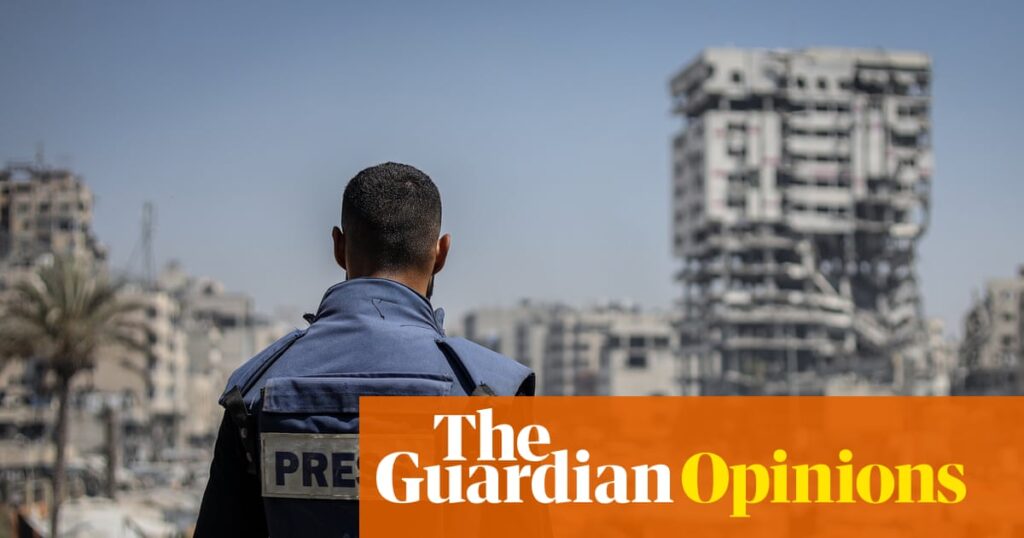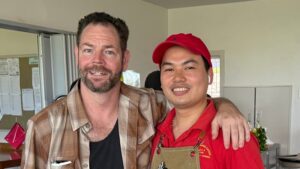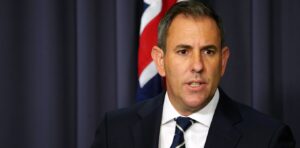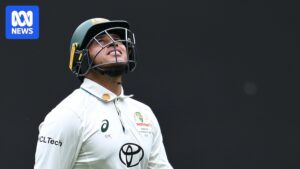
The Palestinian journalists and videographers working with Australia’s national broadcaster, ABC, to report from inside Gaza are facing severe hunger and weakness, according to ABC’s Middle East correspondent Matthew Doran. This week, Doran highlighted the dire situation, noting that one colleague “does not have the strength to hold a camera anymore,” having lost 34 kilograms and struggling to communicate over the phone.
“And it could seriously impact how we can tell the broader story of the Gaza war,” Doran emphasized. The scenes of aid seekers scrambling for food, babies lying silently in hospital beds, and Palestinians protesting against Hamas for prolonging the conflict would be impossible to capture without these Palestinian freelancers, he warned.
The ABC correspondent joins major global news outlets, including BBC News, Agence France-Presse (AFP), the Associated Press, and Reuters, in expressing “desperate concern” for journalists in Gaza amid warnings of mass starvation. With Israel denying international reporters access to Gaza, the world’s media heavily relies on Palestinian freelancers. However, the lack of food and clean water is taking a toll, leaving many too weak to work.
“One of the biggest and most important stories in the world… will soon be more difficult to tell, as our colleagues struggle to help us tell it,” Doran stated.
Challenges in Reporting from Conflict Zones
Doran’s analysis was supported by several broadcast reports on starvation aired on ABC’s 7pm bulletin throughout the week. An ABC News spokesperson confirmed, “The ABC has worked with a variety of independent journalists in Gaza over the past two years, but in recent weeks that has become increasingly difficult as displacement and starvation make it harder for journalists in Gaza.”
This situation highlights the broader challenges faced by journalists in conflict zones, where access to basic necessities becomes a struggle, impacting their ability to report effectively. The role of local freelancers becomes crucial, yet they are often the most vulnerable.
Media Landscape and Political Influences
Meanwhile, the media landscape in Australia faces its own challenges. The Murdoch campaign to undermine the ABC, described as a “massive government-funded monstrosity,” continues. Daily Telegraph columnist Tim Blair advocates for defunding public media, drawing parallels to the US administration’s actions under Donald Trump.
In May, Trump issued an executive order blocking NPR and PBS from receiving taxpayer funds through the Corporation for Public Broadcasting (CPB). This week, federal lawmakers supported a plan to retract $1.1 billion from the CPB, which funds both NPR and PBS.
“Donald Trump’s modern and visionary US government is now preparing to slash some $1.7 billion from public media funding,” Blair wrote. “That’s an ABC-and-a-half delightfully subtracted from taxpayer outlay.”
However, Blair’s views contrast with the majority of Australians, who rate the ABC as the country’s most trusted news source. The ABC news website leads monthly Ipsos news rankings with an audience of 13 million, significantly ahead of the Daily Telegraph’s 3 million.
Tributes and Criticisms in the Media Sphere
This week also marked a somber moment as former ABC News Breakfast host Michael Rowland paid tribute to his colleague Peter Ryan OAM, who passed away at 64 from metastatic thyroid cancer. Ryan, a senior business correspondent and a 45-year veteran of journalism, was remembered for his dedication and passion for storytelling.
On a different note, Victoria’s deputy premier, Ben Carroll, criticized the Daily Mail for publishing an inaccurate claim regarding a child at a center linked to alleged childcare paedophile Joshua Dale Brown. Carroll stated the story was untrue and insensitive, urging the publication to retract it.
“It is highly insensitive to families, and it is completely untrue,” Carroll said. “From what we have advised, there is no child that has been tested positively for an STD.”
The editor of the Daily Mail, Felicity Hetherington, defended the article, stating it was based on information from sources close to the investigation, though the story was amended to reflect Carroll’s comments.
The Influence of Social Media and Celebrity Culture
In a lighter vein, influencer and fitness model Tammy Hembrow made headlines this week for her appearance at the Australian Financial Review magazine’s 30th anniversary. Known for her social media presence, Hembrow’s attendance highlighted the intersection of celebrity culture and business events.
Hembrow, who appeared on the magazine’s Young Rich List with a $56 million fortune, exemplifies the growing influence of social media on traditional industries. Her success story underscores the potential for digital platforms to create new business opportunities and reshape public personas.
As the media landscape continues to evolve, the challenges and opportunities for journalists and influencers alike remain dynamic, reflecting broader societal shifts and the complex interplay of politics, culture, and technology.







